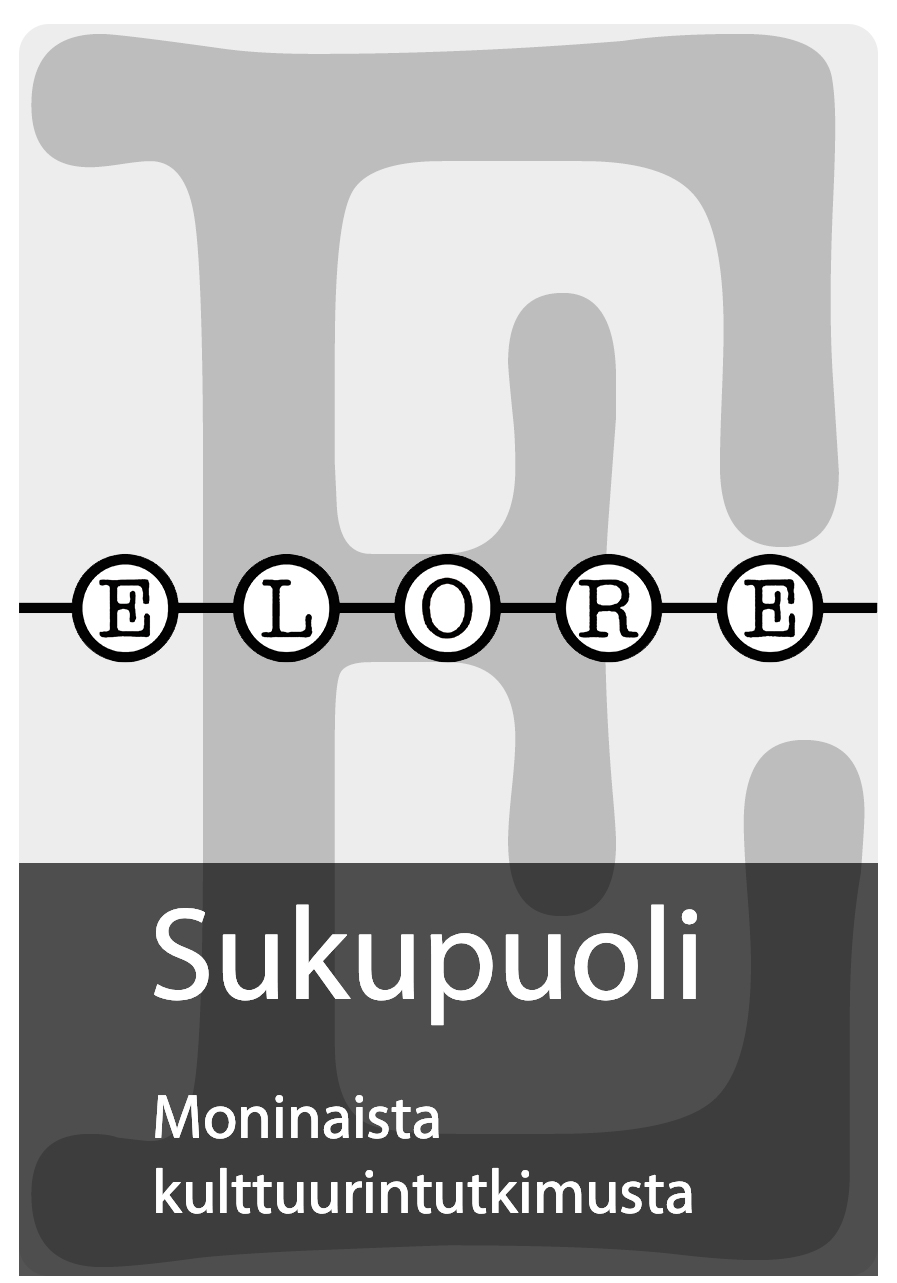Sukupuolittunut ruumiillisuus, puhtaus ja saastaisuus Suomen Hare Krishna -liikkeessä
DOI:
https://doi.org/10.30666/elore.78460Abstract
This article examines gender and the representations of women in the Hare Krishna movement. I concentrate on embodiment, sexuality and gendered themes of purity and impurity. The primary research material consists of interviews with five committed Finnish female members and a period of participant-observation in the Hare Krishna community. The article also includes analysis of the movement’s religious texts. Drawing from poststructuralists Michel Foucault and Judith Butler, my work approaches the body as discursively constructed and connected to power. From Butler’s viewpoint I examine gender as a performative and embodied style. Thus, in context of the Finnish Krishna movement I ask how gender differences and certain kinds of religious, gendered and sexualized subjects are produced and how the appropriate female body is constructed. An interesting problem for theorizing gender vis-à-vis the Hare Krishna movement is the intense yearning to transcend the body. The strong dualism (spiritual/physical) in the Krishna movement is also worthy of consideration, since the physical body is an inevitable instrument in all the activities of a Krishna worshipper’s spiritual life.##submission.downloads##
Publicerad
Referera så här
Nummer
Sektion
Licens
Tidskriften följer den så kallade "diamantmodellen" för öppen publicering: tidskriften tar inte ut några avgifter från författarna, och de publicerade texterna är omedelbart fritt tillgängliga på vetenskapstidskrifternas Journal.fi-plattform. Genom att skicka in en artikel till Elore för publicering godkänner författaren från och med september 2024 att verket publiceras under licensen CC BY 4.0. Enligt licensen får andra kopiera, sprida, distribuera och visa det upphovsrättsskyddade verket och eventuella bearbetade versioner av det, under förutsättning att de anger licensen, den ursprungliga publikationen (länk eller referens) och författaren som originalupphovsperson. Alla gjorda ändringar måste anges.
Upphovsrätten till texterna förblir hos författarna, och parallellpublicering är tillåtet. Detta gäller även texter som publicerats före september 2024. Publiceringsinformationen från Elore ska synas i parallellpubliceringen.
Användningslicensen för metadata till publicerade artiklar är Creative Commons CC0 1.0 Universal.





